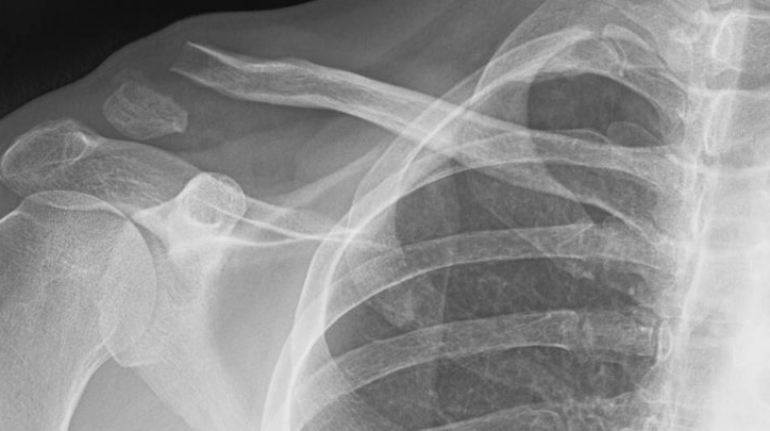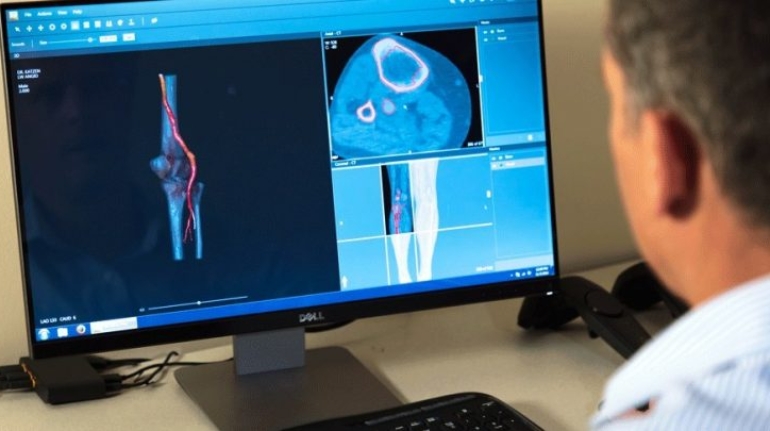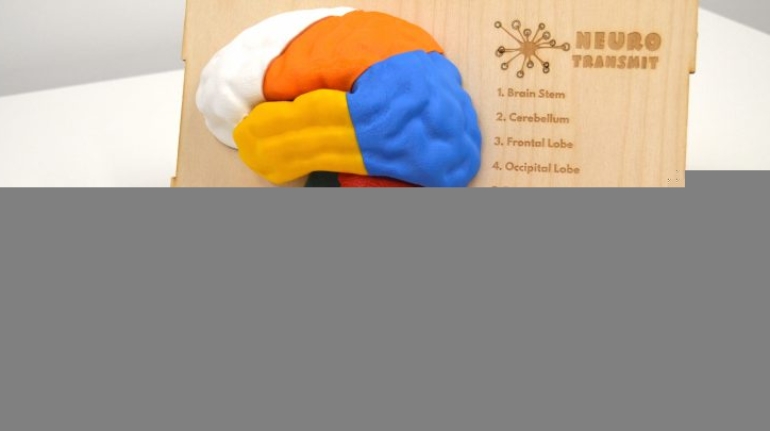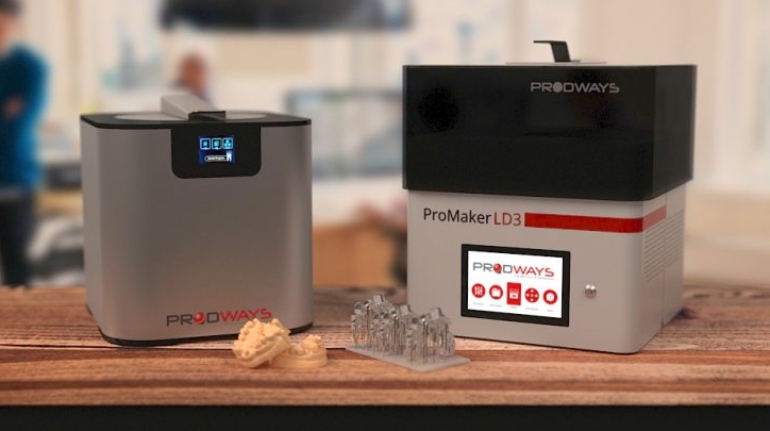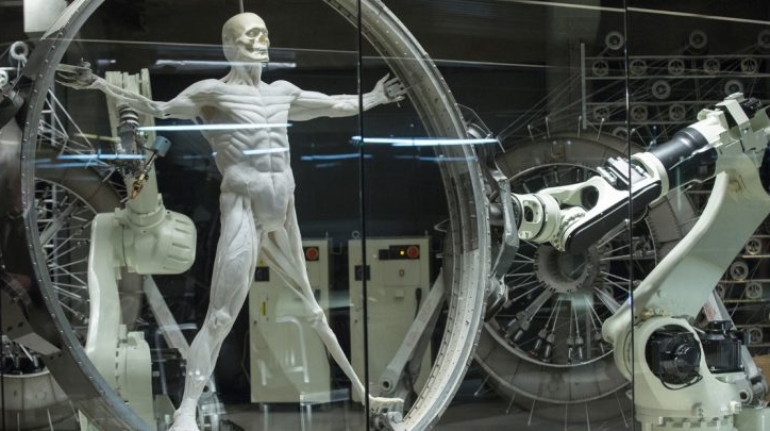UCSF to advance AM applications for orthopaedic surgery with INTAMSYS’ high-performance 3D printing & materials Materials
As per a new partnership agreement, Shanghai-based 3D printing company INTAMSYS will be collaborating with the Department of Orthopaedic Surgery at the University of California, San Francisco (UCSF) to further advance additive manufacturing applications for orthopaedic surgery and, specifically, applications for PEEK and other high-performance materials.



